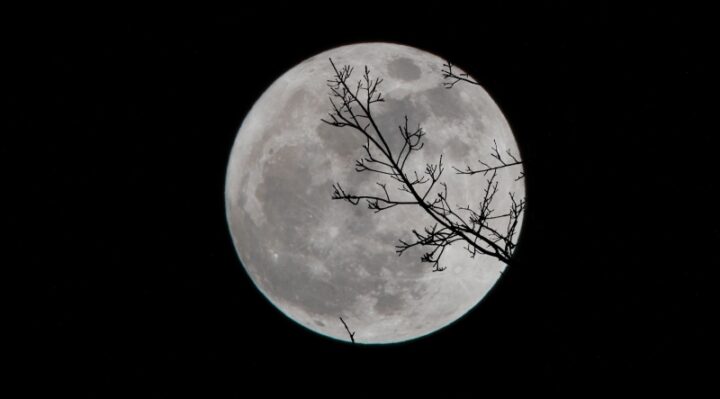
To safeguard Earth’s biodiversity from the growing dangers of climate change, habitat destruction, and other human-induced pressures, scientists have proposed a groundbreaking solution: a lunar biorepository. This concept involves preserving crucial and endangered species samples in a ‘doomsday vault’ on the moon, ensuring their survival against potential terrestrial disasters. The proposed vault would be an underground storage facility located at the moon’s southern pole.
The chosen site has temperatures below -196 degrees Celsius, ideal for long-term cryopreservation without the need for human intervention. This initiative draws inspiration from the Svalbard Global Seed Vault in Norway, which similarly aims to secure essential food crops. Unlike Svalbard, which has experienced issues like flooding due to rising global temperatures, the lunar biorepository would be immune to climate change, geopolitical conflicts, and other Earth-based disasters.
Cryopreservation technology, which freezes cells for extended periods while keeping them viable, is a well-established method used to preserve various biological materials, including DNA cells and entire functional organisms. Initially, the repository would focus on protecting the most at-risk animals, with plans to expand to other organisms and plants.
Dr. John Bischof, a professor at the University of Minnesota and co-author of the study, highlighted that storing samples on the moon would shield them from natural disasters, climate change, overpopulation, resource depletion, wars, and socioeconomic threats. “This biorepository provides a parallel approach to conserving Earth’s precious biodiversity,” he said.
Researchers believe this initiative would not only protect biodiversity but also support future space exploration and potential terraforming efforts. These samples could be crucial for producing food, filtration systems, microbial processes, and ecosystem engineering in space.
The next significant step involves developing packaging for cryopreserved samples that can endure space conditions, organizing the logistics, and transporting these samples to the moon. This proposal has garnered considerable interest from the scientific community, marking it as a pivotal move to ensure the preservation of biodiversity for future generations.
Facing numerous unprecedented challenges, scientists and researchers are turning to innovative methods to conserve biodiversity and ensure the continuity of life.


